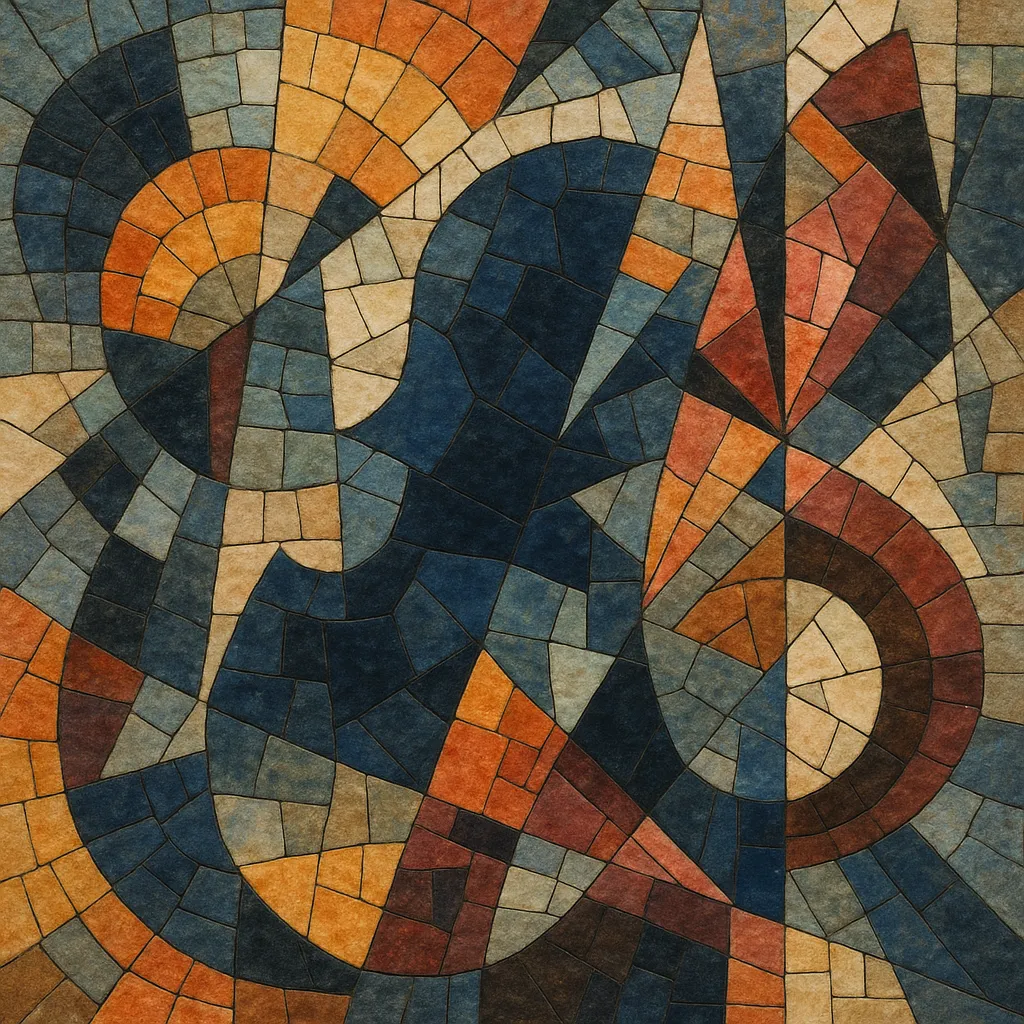Modern creative is a strand of contemporary jazz that bridges post-bop rigor, free jazz openness, and a wide palette of timbral and global influences. It is less a fixed formula and more a practice-driven aesthetic where composition and improvisation constantly inform each other.
The style typically features original frameworks (motivic cells, modular forms, graphic cues) that leave room for exploratory improvisation, odd meters, modal and non-functional harmony, and textural experimentation. It often draws on contemporary classical techniques, world traditions, and sound design, while retaining a jazz sensibility for swing feel, interplay, and spontaneity.
Rather than aligning with fusion’s electric sheen or strict revivalism, modern creative foregrounds the composer–improviser, favoring ensembles that sound distinct from project to project. Labels, scenes, and collectives (ECM, AACM, downtown NYC) helped define its tone: spacious yet intense, lyrical yet abstract, disciplined yet adventurous.
Modern creative crystallized in the 1970s as composer–improvisers synthesized post-bop’s harmonic language with free jazz’s structural freedom. The Association for the Advancement of Creative Musicians (AACM) in Chicago and kindred movements emphasized originality, self-determination, and an expanded toolkit that welcomed extended techniques, new forms, and instruments outside the traditional jazz lineup. In parallel, European scenes (and labels like ECM) nurtured a more spacious, chamber-like sound that valued texture and atmosphere.
By the 1980s, the aesthetic had coalesced into a recognizable practice. Musicians such as Anthony Braxton, Henry Threadgill, and Muhal Richard Abrams advanced modular, multi-movement writing balanced with open improvisation. In New York’s downtown scene, venues and collectives enabled cross-pollination with experimental rock, contemporary classical, and performance art. The term “modern creative” gained currency in criticism as a way to group artists who were neither straight-ahead revivalists nor fusion traditionalists.
The 1990s and 2000s saw increasing dialogue across geographies and styles. ECM’s pan-European networks, the M-Base collective’s rhythmic and conceptual innovations, and composer-led ensembles blurred boundaries between groove, abstraction, and melody. Composers integrated odd meters, polyrhythms, world idioms, and advanced orchestration, while retaining improvisation as a core value. The idiom influenced emerging scenes that would later be tagged as nu jazz and elements of post-rock and avant-prog.
Today, modern creative is a living approach rather than a static genre label. Artists blend electronics, prepared instruments, and extended techniques with rigorous composition. Conservatories and independent scenes worldwide teach and perform this language, fostering projects that span chamber-like minimalism to high-energy rhythmic labyrinths. The common thread is a commitment to personal voice, structural curiosity, and an improvisational ethos.


